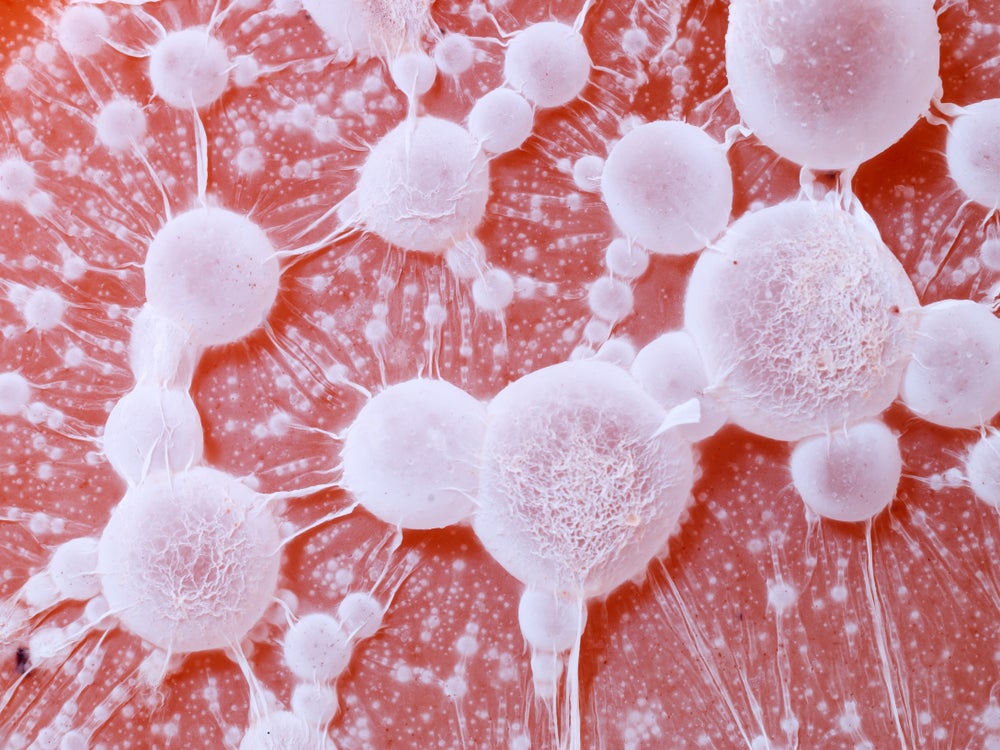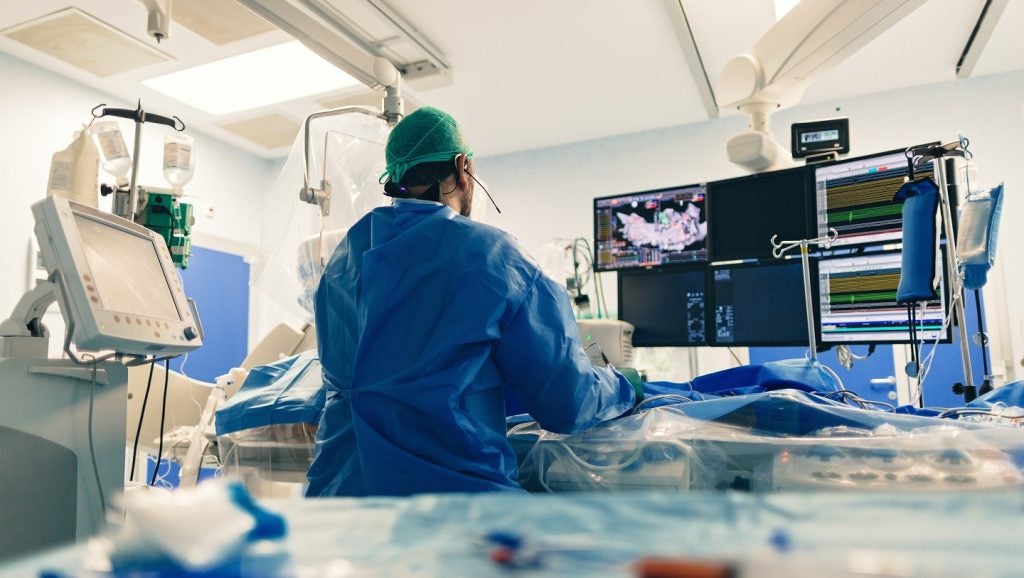
Northwestern University researchers have created dual wireless body sensors to monitor babies in neonatal intensive care units (NICU).
The new infant sensors are soft, flexible and gentler on a baby’s skin, the researchers said.
When tested on premature babies at two hospitals in Chicago, US, the wireless sensors were able to deliver data with accuracy similar to that of standard monitoring systems.
The study, published in the journal Science, initially involved simultaneous use of wireless patches and standard monitoring systems on 20 babies for quantitative comparison.
Later, the researchers expanded testing to more than 70 newborns in the NICU.
Northwestern University technology development lead John Rogers said: “We wanted to eliminate the rat’s nest of wires and aggressive adhesives associated with existing hardware systems and replace them with something safer, more patient-centric and more compatible with parent-child interaction.
How well do you really know your competitors?
Access the most comprehensive Company Profiles on the market, powered by GlobalData. Save hours of research. Gain competitive edge.

Thank you!
Your download email will arrive shortly
Not ready to buy yet? Download a free sample
We are confident about the unique quality of our Company Profiles. However, we want you to make the most beneficial decision for your business, so we offer a free sample that you can download by submitting the below form
By GlobalData“Our wireless, battery-free, skin-like devices give up nothing in terms of range of measurement, accuracy and precision – and they even provide advanced measurements that are clinically important but not commonly collected.”
Traditional monitoring systems adopted in the NICU usually come with five to six wires to connect electrodes on each baby to monitor breathing, blood pressure, oxygen and heartbeat, among others.
Apart from constraining the baby’s movements, the wires also pose a barrier to physical bonding.
The new sensors are designed to avoid wire-based hindrance and facilitate more skin-to-skin contact with parents.
Study co-lead and paediatric dermatologist Amy Paller said: “We know that skin-to-skin contact is so important for newborns – especially those who are sick or premature. It’s been shown to decrease the risk of pulmonary complications, liver issues and infections.
“Yet, when you have wires everywhere and the baby is tethered to a bed, it’s really hard to make skin-to-skin contact.”
The new dual wireless sensors are designed to help doctors monitor babies’ vital signs from opposite ends of the body, where one sensor is attached to the chest or back and the second wraps around a foot.
In addition, the wireless nature of the sensors allows monitoring even when held by parents, as well as during imaging such as X-rays, MRIs and CT scans.
The sensors, which measure more vital signs compared to traditional systems and communicate through a transmitter, can be sterilised and reused.
However, the sensors are cheap enough to be discarded after 24 hours and replaced to avoid infection risk.
The team expects the wireless sensors to be available for use in US hospitals in the next two to three years.







